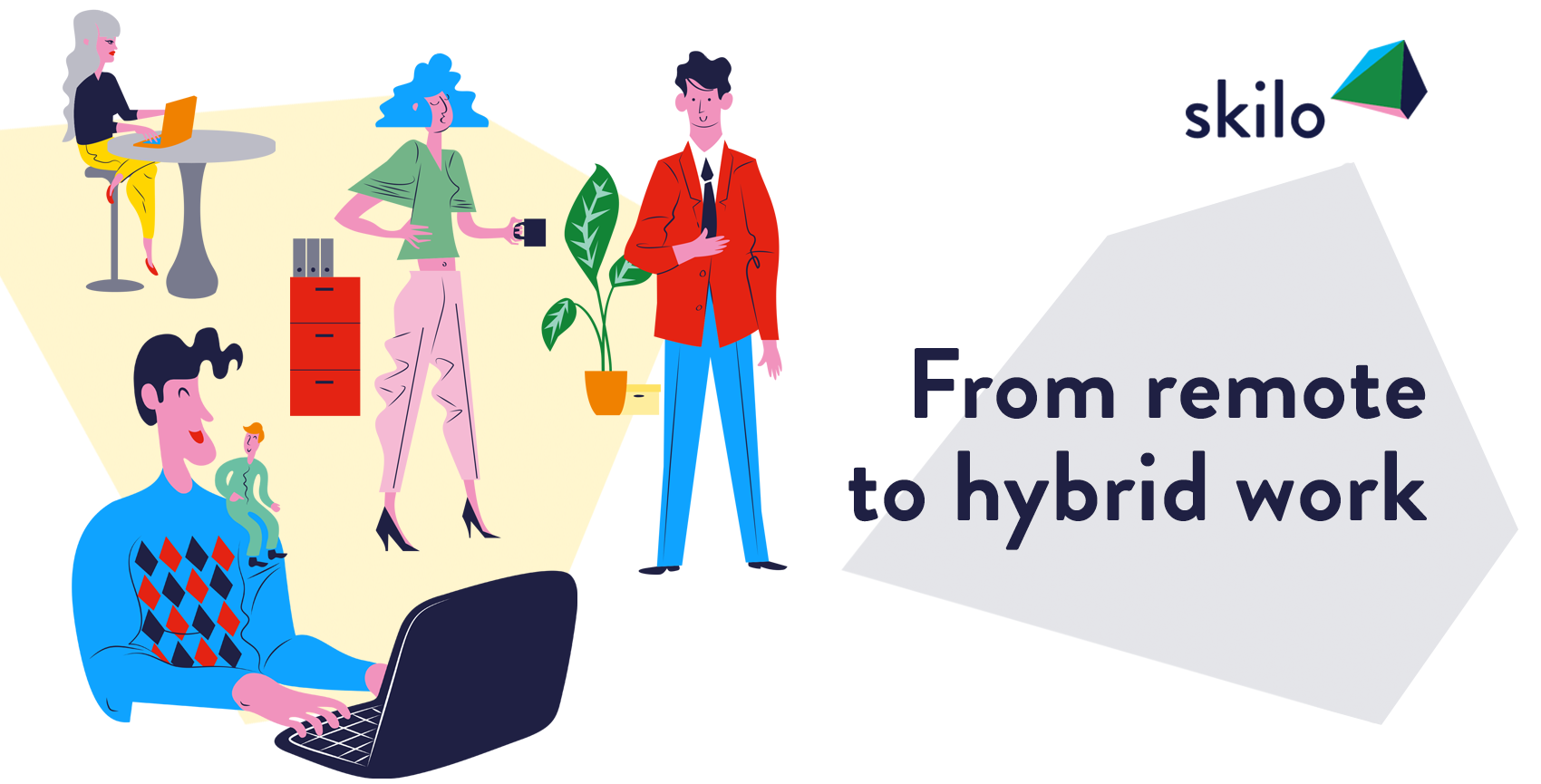[What’s the best work model -WFH or Hybrid?]

Executive Summary

The debate between Work From Home (WFH) and Hybrid work models has intensified in recent years, with both options offering unique advantages and disadvantages. This article delves into the complexities of each model, exploring their implications for productivity, work-life balance, talent acquisition, and organizational culture. By weighing the pros and cons of each approach, businesses and individuals can make informed decisions that align with their specific needs and aspirations.

Introduction:
In the aftermath of the COVID-19 pandemic, the traditional workplace paradigm has undergone a profound transformation. Remote and hybrid work arrangements have gained widespread acceptance, prompting organizations to reconsider the optimal work model for their operations. While WFH offers flexibility and autonomy, hybrid models attempt to strike a balance between remote work and in-office presence. Understanding the nuances of each approach is crucial for businesses and employees alike.
FAQ:
-
What is a Hybrid work model?
A hybrid work model is a flexible arrangement that allows employees to divide their work time between working from home and working in the office. -
Which work model is better – WFH or Hybrid?
The best work model depends on the specific needs and circumstances of the organization and its employees. -
Can I switch between WFH and Hybrid if I don’t like my current work model?
The ability to switch between work models depends on the company’s policies and the individual’s performance and preferences.
Subtopics:
1. Productivity:
- WFH: Employees may experience enhanced focus and fewer distractions, leading to increased productivity.
- Hybrid: Flexible schedules and the option to work from home on certain days can improve productivity for those who prefer a mix of environments.
- Key Factors:
- Individual preferences and work style
- Nature of the job and required resources
- Company culture and support systems
2. Work-Life Balance:
- WFH: Eliminates commuting time and offers greater flexibility in scheduling, promoting a better work-life balance.
- Hybrid: Provides some flexibility while maintaining a structured work routine, allowing for a balance between work and personal life.
- Key Factors:
- Personal responsibilities and lifestyle
- Ability to separate work and personal space
- Company culture and expectations
3. Talent Acquisition:
- WFH: Expands the talent pool to include individuals who may not be able to work in a traditional office setting due to location or other factors.
- Hybrid: Attracts candidates who value both remote work flexibility and face-to-face interactions.
- Key Factors:
- Geographic reach and accessibility
- Employee preferences and expectations
- Company branding and recruitment strategy
4. Organizational Culture:
- WFH: Can lead to a more dispersed and isolated workforce, potentially impacting team dynamics and organizational culture.
- Hybrid: Allows for in-person collaboration and networking, fostering a stronger sense of community and shared purpose.
- Key Factors:
- Company values and culture
- Leadership style and communication strategy
- Employee engagement and motivation
5. Technological Considerations:
- WFH: Requires reliable internet connectivity, appropriate software, and secure communication channels.
- Hybrid: Involves a seamless integration of remote and in-office technologies, ensuring smooth collaboration and data sharing.
- Key Factors:
- IT infrastructure and support
- Data security and privacy measures
- Employee training and technical literacy
Conclusion:
The choice between WFH and Hybrid work models is not a one-size-fits-all solution. Organizations should carefully evaluate their unique needs, employee preferences, and industry dynamics to determine the optimal approach. By recognizing the advantages and limitations of each model, businesses can create a work environment that enhances productivity, fosters work-life balance, attracts top talent, and preserves organizational culture.
Keyword Tags:
- Work From Home (WFH)
- Hybrid Work Model
- Productivity
- Work-Life Balance
- Talent Acquisition




